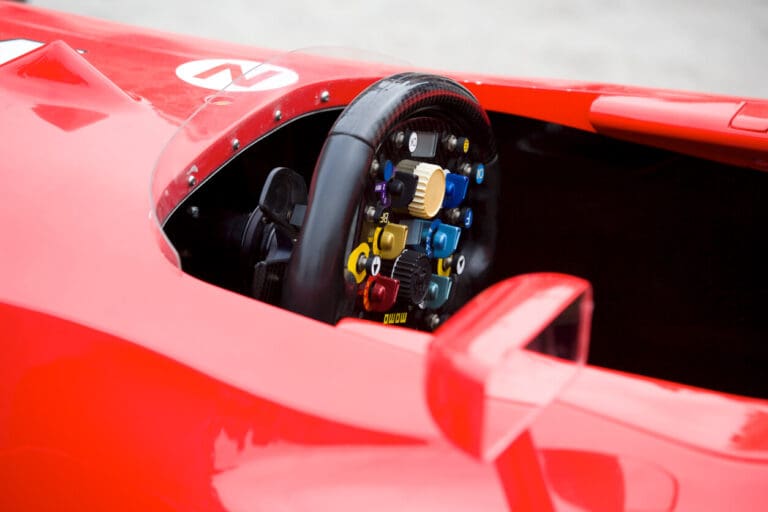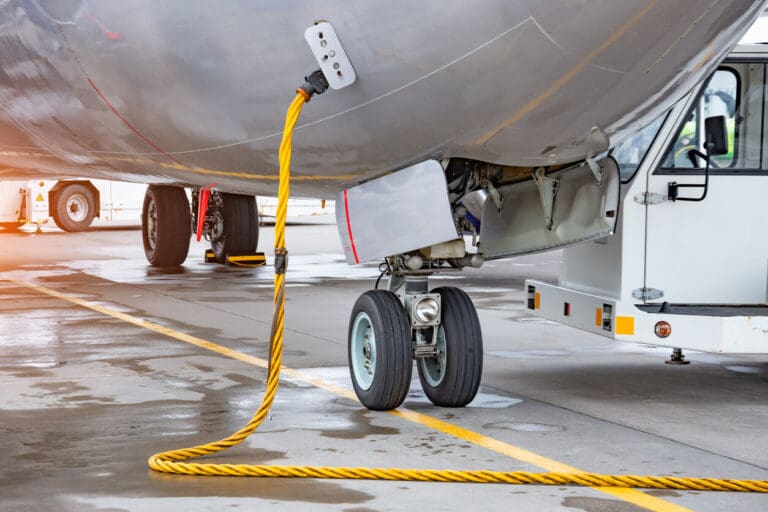
Are Motorsport Cables the Hidden Upgrade Behind Faster Lap Times?
Motorsport teams chase marginal gains in every area of the car, yet many still treat...
Read MoreIn aerospace applications, the reliability of each component is vital for the successful operation of critical systems. Aerospace cable assemblies, in particular, must meet exacting standards due to the extreme environments and demanding performance requirements they face. From powering onboard systems to ensuring secure communications, these assemblies play a crucial role in keeping aircraft and spacecraft operational.
This blog will explore the various ways aerospace cable assemblies contribute to the reliability of critical systems, shedding light on the advanced technologies and manufacturing processes that make them indispensable.
Aerospace cable assemblies are designed to perform reliably under some of the most extreme conditions imaginable. Whether dealing with significant temperature fluctuations, exposure to radiation, or the intense vibrations experienced during take-off and flight, these assemblies must be engineered to resist environmental stress.
One of the key ways aerospace cable assemblies achieve this is through the use of specialised materials. For example, heat-resistant insulators and high-strength shielding are commonly used to protect the cables from temperature extremes and mechanical wear. This ensures that the cables continue to function effectively even in the most challenging environments, reducing the risk of failure that could jeopardise the entire system.
By selecting materials specifically suited to withstand the rigours of aerospace operations, manufacturers can ensure that these assemblies provide long-term reliability, helping to maintain the integrity of critical systems throughout the lifecycle of an aircraft or spacecraft.
The precision involved in the manufacturing of aerospace cable assemblies is another factor contributing to their reliability. Each cable is meticulously designed to meet the exact specifications required for its intended application, ensuring compatibility with other system components and optimal performance.
Precision engineering allows for the creation of lightweight yet durable cable assemblies that do not compromise on performance. This balance is essential in aerospace applications, where weight reduction is a priority, but reliability cannot be sacrificed. Aerospace cable assembly manufacturers use advanced techniques such as laser stripping and crimping to ensure accurate and secure connections, minimising the risk of electrical faults.
Additionally, by tailoring each assembly to its specific role, whether it’s for power distribution, data transfer, or signal transmission, manufacturers can optimise the performance of the entire system. This level of customisation further enhances the reliability of critical systems, ensuring that they perform flawlessly in high-pressure environments.
To guarantee reliability, aerospace cable assemblies undergo extensive testing before being approved for use in critical systems. This testing process is rigorous, often involving simulations that replicate the harsh conditions the cables will encounter during operation.
Testing protocols may include thermal cycling to assess performance under extreme temperatures, vibration testing to ensure the cables can withstand the mechanical stresses of flight, and electrical testing to verify that the cables maintain their conductivity under various conditions. By subjecting the assemblies to these tests, manufacturers can identify any potential weaknesses and address them before the cables are deployed.
Quality control processes are equally stringent, with aerospace cable assembly manufacturers adhering to industry standards such as AS9100 and MIL-SPEC. These standards ensure that every assembly is built to meet the high demands of the aerospace sector, providing peace of mind that the cables will function reliably when they are most needed.
Aerospace systems are often highly complex, requiring customised cable solutions to meet their unique demands. Off-the-shelf cable assemblies are rarely sufficient for such applications, which is why aerospace cable manufacturers offer tailored solutions that are designed to fit the specific needs of each project.
Custom aerospace cable assemblies provide several advantages, including improved integration with other system components and enhanced overall performance. By working closely with aerospace engineers, manufacturers can design assemblies that meet precise specifications, ensuring seamless compatibility with the wider system.
Furthermore, customisation allows for additional safety and performance features to be built into the assemblies. For example, cables can be designed with additional shielding to protect against electromagnetic interference (EMI), which is particularly important in environments where clear communication is vital. Customised solutions also allow for the use of specialised connectors and terminations, further enhancing the durability and reliability of the assembly.
Redundancy is a key principle in aerospace engineering, and it extends to cable assemblies as well. To ensure the continued operation of critical systems in the event of a failure, many aerospace cable assemblies are designed with built-in redundancy. This means that if one component fails, a backup system is available to take over, ensuring that the system continues to function without interruption.
Redundancy is particularly important in systems that are responsible for flight control, navigation, and communication, where even a brief loss of function can have serious consequences. By incorporating redundant cables and connections into the design, aerospace cable assembly manufacturers can help mitigate the risks of failure, enhancing the overall reliability of critical systems.
As aerospace technology continues to advance, the demand for even more reliable and sophisticated cable assemblies grows. Emerging trends such as the development of electric aircraft and the increasing reliance on autonomous systems are pushing the boundaries of what aerospace cable assemblies must achieve.
Manufacturers are responding by developing new materials, refining production techniques, and incorporating advanced features into their designs. For example, lightweight, high-performance cables are being developed to support the power requirements of electric aircraft, while more resilient shielding technologies are being introduced to protect cables in space exploration missions.
By staying at the forefront of technological advancements, aerospace cable assembly manufacturers ensure that their products continue to provide the highest levels of reliability, even as the demands of the industry evolve.
Aerospace cable assemblies are a critical component in the systems that keep aircraft and spacecraft operational. Through the use of advanced materials, precision engineering, rigorous testing, and customised solutions, these assemblies ensure the reliability of critical systems, even in the most extreme environments.
At Gem Cable, we understand the unique demands of the aerospace industry and offer tailored solutions to ensure the reliability and performance of your systems. Our expertise in aerospace cable assemblies means we can provide the high-quality, custom-built cables necessary for your most critical applications. Trust Gem Cable to support your aerospace projects with the precision and reliability you require.

Motorsport teams chase marginal gains in every area of the car, yet many still treat...
Read More
The wiring harness is a high-risk single point of failure in any complex system. If...
Read More
The wiring harness is the highest risk, lowest profile element in flight-critical infrastructure. When your...
Read MoreReady to talk cables, fibre or full network solutions? Get in touch with our team today, we’re here to help.